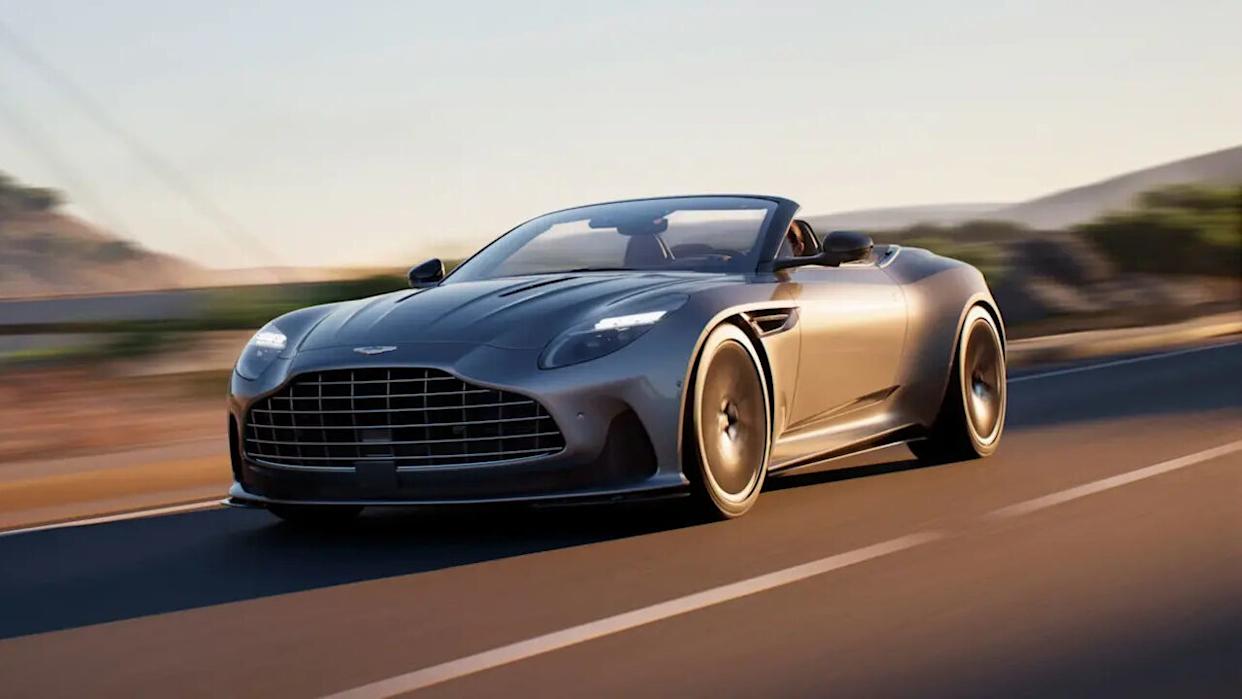
Remember when Backstreet Boys sold 24 million copies of a single album — back when MTV actually had music videos? Or when everyone wanted to go to Hogwarts — before we really knew the woman behind the words? The harsh reality is that things come and go, even things we swore would always be there. Things we didn't want to ever lose.
The automotive landscape is littered with familiar nameplates that once packed showrooms but now fight for every sale. Some are niche darlings, others fallen giants, yet all share the same uneasy fate: dwindling lineups, razor-thin margins, and a fan base that’s aging faster than their products. Before you write them off completely and swap your 'Save the Whales' bumper sticker for a 'Save the Jaguars' one, here’s a closer look at the 10 marques clinging to relevance, and why their next few model years could be make or break.
Never Gonna Give You Up
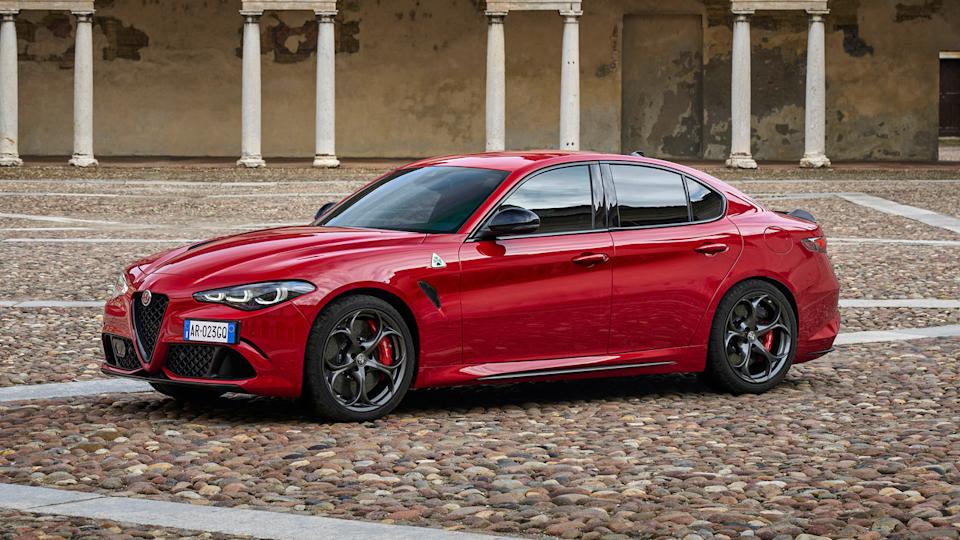
For this collection of endangered carmakers, we focused on mainstream and luxury brands still stubbornly doing business in the United States, despite clear signs of distress. Think of it as an automotive intervention. Some brands, like Suzuki, Peugeot, and Isuzu, have already left the U.S. market, but these are the ones that don't seem to be giving up the Land of the Free just yet.
We looked for steep two-year sales drops (because a one-off bad quarter can happen to anyone, even Porsche), publicly acknowledged financial trouble (no, denying it in a press release doesn't count as fixing it), a shrinking or embarrassingly outdated product portfolio (looking at you, brands still peddling sedans from 2008), or an announced “reinvention” that’s generated more press releases than actual sales volume.
Mitsubishi

Mitsubishi is still technically in the game, but the brand’s U.S. presence is thinner than a worn-out set of all-season tires. Remember the days of the Evo tearing up rally stages and the 3000GT being a Japanese tech marvel? Yeah, me neither, apparently. Their current lineup feels more dated than trying to access AOL chat rooms on dial-up internet.
While the Outlander is putting in some serious overtime trying to carry the whole damn team, it’s facing tough odds in a competitive SUV market — it’s just not enough. Dealerships are thinning out faster than a premature balding pattern, and brand recognition among anyone under 40 is fading faster than a bad tattoo. So yeah, Mitsubishi is like your uncle who is last to leave after the BBQ winds down.
Sure, sales were actually up 25.8% in 2024 to 109,843 units (their best performance since 2019), which is a commendable bounce back from their 2023 figure of 74,387. But let's be real, that's likely a short-term sugar rush, not a sustainable trend. In a crowded SUV market where everyone and their cousin has a crossover, Mitsubishi is struggling to stand out. It’s like bringing a dull knife to a gunfight. Still, that unexpected uptick shows there’s a faint pulse, a flicker of hope. Maybe they’ll resurrect the Evo as an EV crossover? Just kidding. Unless?
Fiat
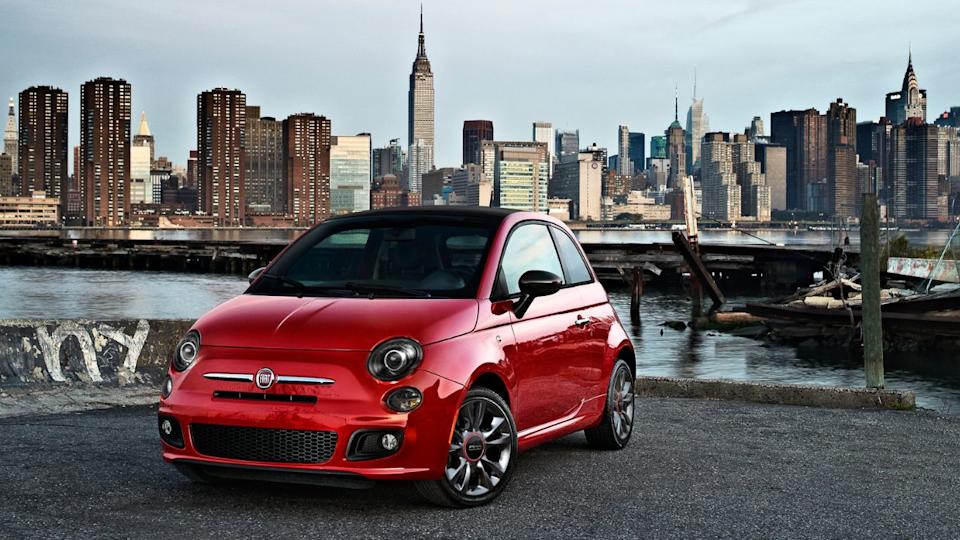
Fiat claims a whopping 153% sales “surge” for 2024, which sounds impressive until you realize that’s off a base so micro, it makes a Smart car look like a Suburban. We're talking 2024 sales of just a few thousand units, up from a paltry 605 cars nationwide in 2023. It's sorta like the time I was considered attractive at a Walmart — context matters.
The cute but aging 500e is back as the lineup’s sole headliner, replacing the 500X, which quietly faded away. Even Stellantis executives, usually masters of corporate spin, are tempering expectations, framing Fiat as a niche electric “statement” rather than a volume play. It’s a brand-building gesture aimed at millennials who adore retro Instagram vibes more than actual showroom visits.
Without dealer investment or fresh SUVs, its U.S. presence feels more like an automotive art installation than a viable business. That said, 2024's surprising sales jump proves there’s still a sliver of curiosity left for the little Italian toaster. Apparently, some people just can’t resist a car that looks like it’s perpetually staring at you.
Alfa Romeo
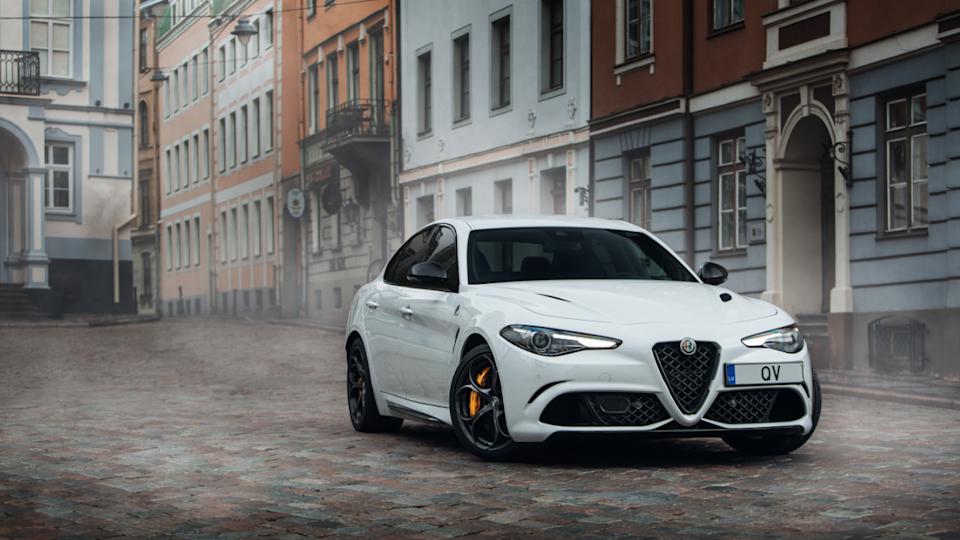
Ah, Alfa Romeo. The brand that proves passion alone doesn't pay the bills. Their styling is sharper than a fresh razor blade, and the handling will make you forget your mortgage payment, but that hasn’t translated into actual traction. Alfa managed just 8,857 U.S. sales in 2024, a drop from 10,898 in 2023, proving that good looks don't equal good sales when your lineup is thinner than a McDonald's patty.
Corporate parent Stellantis says the junior Tonale and forthcoming "Junior" baby SUV (yes, they named a car "Junior") will fix everything, but insiders whisper that Alfa needs to prove its worth faster than a red-hot Giulietta on a mountain pass, or risk losing priority to better-selling, less temperamental siblings. Until a broader lineup (and a bigger marketing budget that doesn’t just consist of pretty pictures) arrives, showroom traffic is almost as scarce as spare parts for that obscure 1970s Alfetta.
Even so, the arrival of new EV concepts could give the brand a second chance to impress and shine. Or it may make car enthusiasts pine for the days when Alfa Romeo and other sports car brands had an internal combustion soul and stalled on hills.
Chrysler
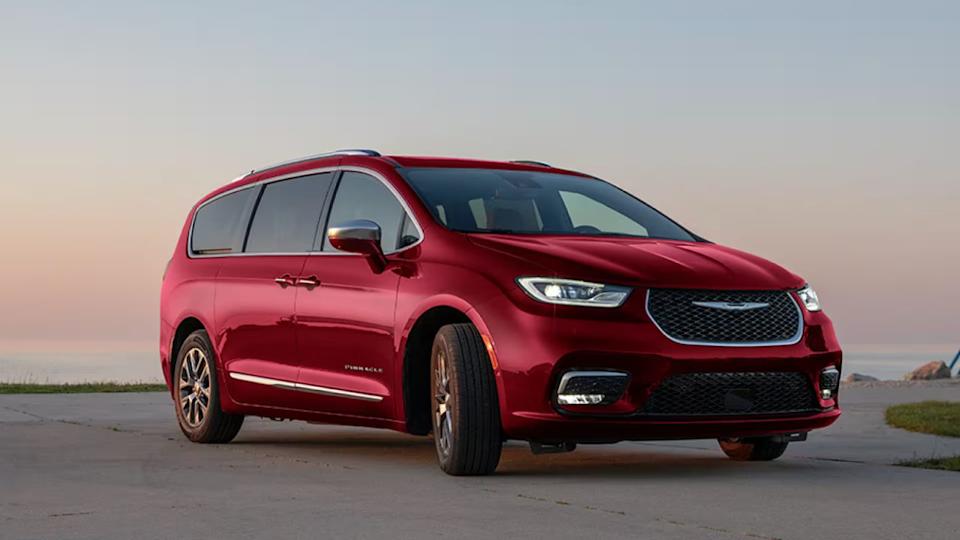
Chrysler turns 100 this year, and frankly, it looks like it. With exactly two volume products, the Pacifica and Voyager minivans, and promises of three new models “soon” (which in Stellantis time could mean 2030, or never), it's a grim anniversary. Sales have cratered, falling almost 60% over the past decade as once-loyal sedan buyers moved on to literally anything else, leaving the brand to lean on rental fleet nostalgia and the lingering scent of stale coffee.
A stylish electric crossover is rumored for 2026, but delays have been more consistent than a Dodge Challenger’s exhaust note. If the centenarian can’t hurry up and get its act together, it risks becoming an asterisk in Stellantis’s sprawling portfolio, relegated to a footnote in automotive history next to names like Plymouth and Saturn.
Still, Chrysler’s name carries weight, a phantom limb of American automotive might, and the right electric reboot could be its saving grace. Or just another missed opportunity to be dissected on YouTube. Just don't lie and tell Chrysler it doesn't look a day over 80...
Jaguar
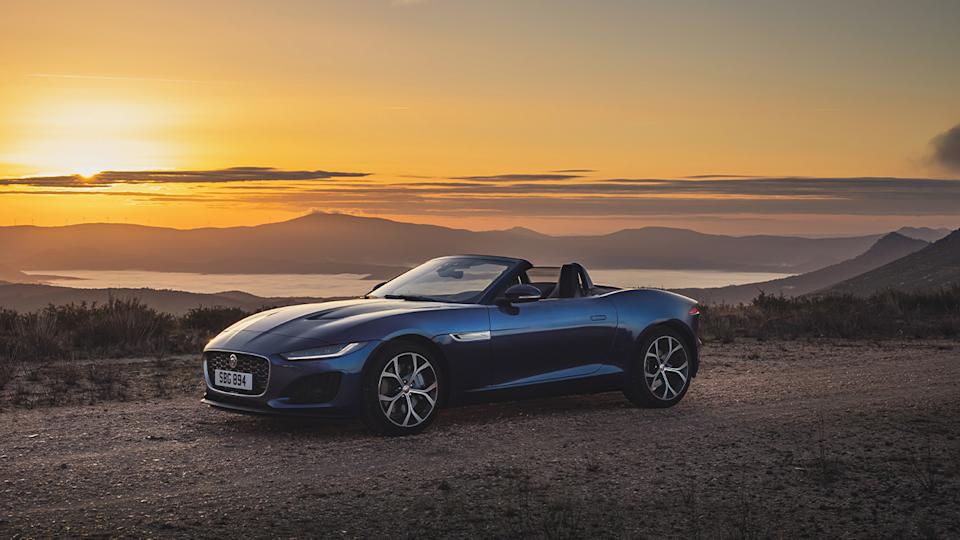
In a desperate bid to reboot as an all-EV luxury player by 2026, Jaguar did the automotive equivalent of burning its own house down to build a new one: they slashed their existing lineup, and paid dearly for it. Global sales plunged 45.8% in early 2025, and their 2024 U.S. retail sales sat at a measly 7,456 units (down from 7,880 in 2023, but up from 2022's 6,469), proving that an empty showroom doesn't generate buzz.
The radical “Project Roar” promises boutique, six-figure grand tourers sold through pop-up salons (because actual dealerships are too pedestrian for Jaguar's new (hated) makeup brand-inspired vibe). This is a bold bet, or a last gasp, depending on how much tea you've had. Alienated traditionalists are wondering if there’ll be any buyers left once the lights finally come on.
It's a high-stakes gamble for a brand that once epitomized British cool. Yet, with electrification around the corner, Jaguar could roar back with a new generation of buyers. Or just quietly purr into obscurity.
Maserati
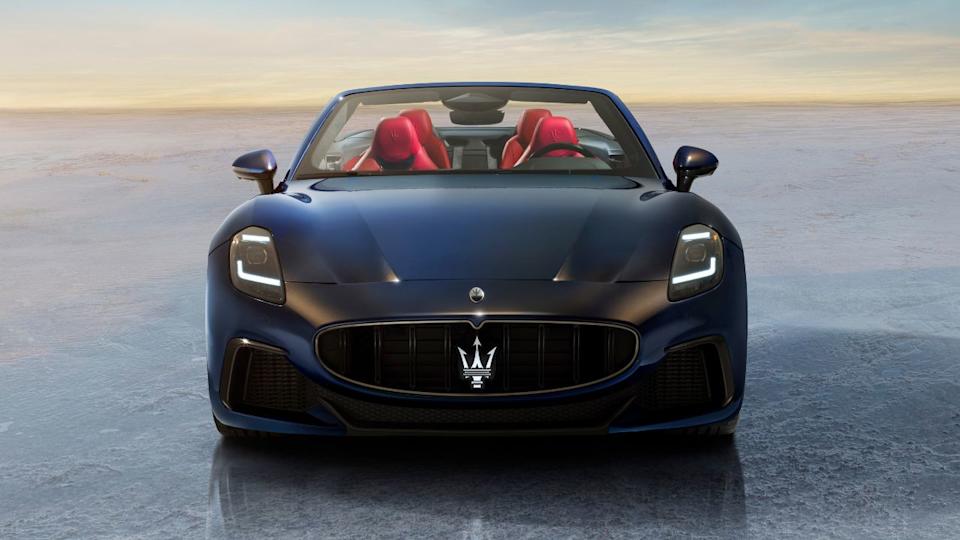
Maserati's 57% global sales nosedive in 2024 (from 26,600 units in 2023 to 11,300 in 2024, even getting outsold by Ferrari) underscores a brand identity crisis more severe than a teenager’s existential dread. They’re too upscale to chase volume but too mainstream to command Lamborghini-like price premiums. It’s like being stuck in automotive purgatory.
Stellantis leadership blames "muddled marketing" and "dealer discounting," while anyone with eyes blames an aging Ghibli and a pricey Grecale that underwhelm against German rivals who, let's be honest, actually finish their cars. Either way, trident loyalty alone won’t keep the lights on if fresh metal doesn’t land soon and actually, you know, sell. I think Maserati forgot that word exists. It’s a classic Italian drama: beautiful cars, big promises, questionable execution.
Even so, Maserati still carries cachet — the kind of cachet that gets you a good table at a restaurant, but not necessarily a new customer. One hit model could flip the script for them. Or they could just keep making limited edition versions of the Gran Turismo for the next decade.
Infiniti
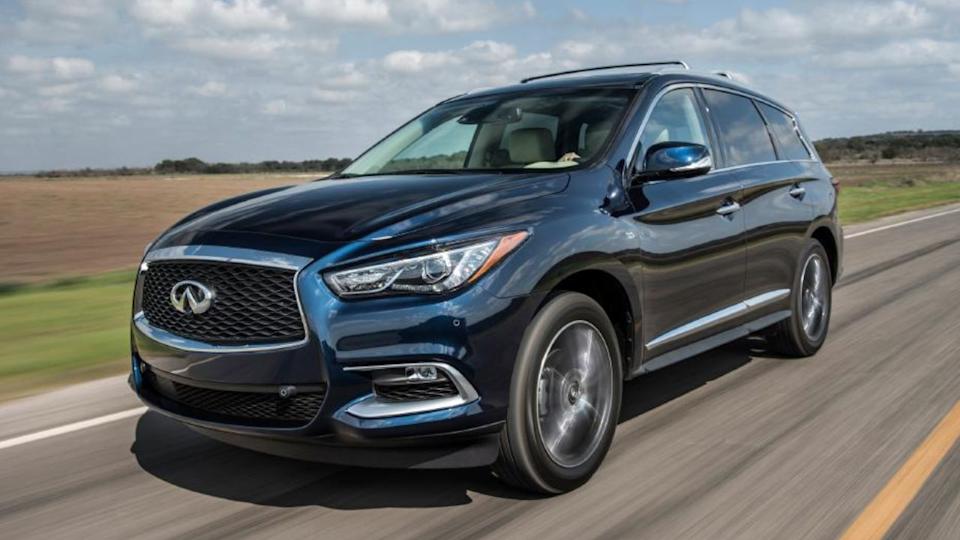
Once Lexus’s feisty challenger, Infiniti now sells barely 58,070 vehicles a year in the U.S. (2024 figures), a 10.2% slide from 2023's 64,699, and barely a quarter of its 2010 peak. Remember the G35/37? Yeah, that’s about it for their memorable hits.
The pared-down lineup is heavy on aging crossovers that look like they've been melting in the sun for a decade, plus an abandoned shift toward performance hybrids that no one asked for. This left dealers with less buzz than a broken doorbell. Nissan’s luxury arm hints at an electric renaissance, but until then, showroom talk revolves around incentives so aggressive they practically pay you to take the car.
Infiniti’s reputation for comfort and value gives it a foundation to rebuild from, sure. But rebuilding requires bricks, not just good intentions. It’s like watching a once-great band play only their B-sides at a sparsely attended concert.
Lotus

This one is heartbreaking, with multiple Guessing Headlights writers owning Lotuses (Loti?). But Lotus, bless their lightweight hearts, bet big on scaling EV production, then promptly slashed their 2024 target by 78% (from 26,000 to just 12,000 global deliveries) thanks to new U.S. tariffs and capital shortfalls. The sleek Emeya sedan and battery-hungry Evija hypercar grab headlines, but volume remains tiny and margins are thinner than the original Elise’s aluminum chassis.
A U.S. retail push is planned, yet the brand’s "lightweight, simpler" ethos fights an industry sprinting toward heavy, bloated family SUVs. It's like a ballet dancer trying to compete in sumo wrestling. Their total revenue increased in 2024, but gross margin plummeted to 3% from 15% in 2023. This is not exactly a sign of financial robustness. Still, their sleek new EVs like the Emeya prove Lotus isn’t afraid to dream big, even if their bank account occasionally reminds them to wake up.
They're still building cars for drivers, not spreadsheets, but the spreadsheets are getting awfully antsy.
Smart
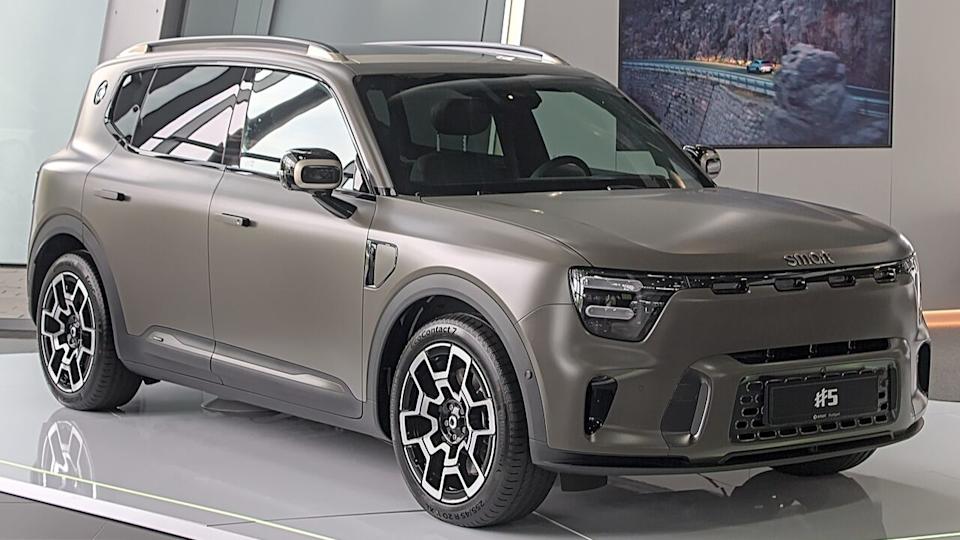
Daimler’s city car pioneer quit the U.S. in 2019 because, well, Americans like their cars supersized, not supershort. After regrouping in China with Geely, Smart is now staging a CES-era comeback with the midsize all-electric #5 SUV. Yes, they went from making cars that barely fit a grocery bag to a family hauler.
The pivot from micro-runabouts to chunky EVs feels gutsy, but Smart faces an American EV market already stuffed with alternatives, and little to no dealer infrastructure. It's like when your younger sibling starts repeating stuff they heard on TikTok months after it was already unfunny — blocked.
Yet, as the EV market grows, maybe one more reinvention could revive the badge and prove that “smart” was knowing how to find new relevance down the line. Or, more likely, they'll just become another cautionary tale for automotive execs who think "cute" equals "cash cow" in America.
Aston Martin
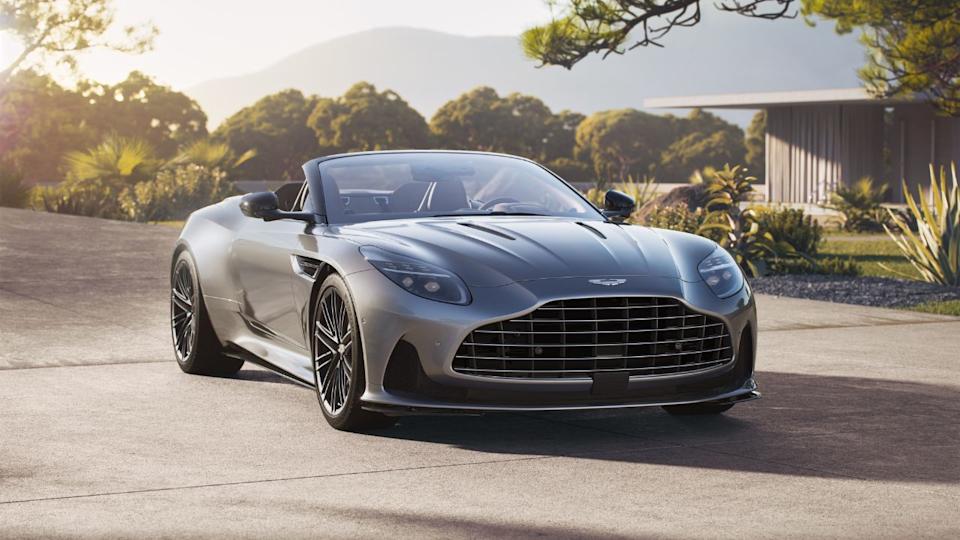
Aston Martin is fighting for its legacy, usually with one hand tied behind its back and a Bond villain breathing down its neck. While the brand has faced more financial bumps than a rally stage, 2024 gave it a much-needed breather. Their full-year 2024 wholesale volumes decreased by 9% to 6,030 units, and adjusted EBITDA fell 11%, but the second half of the year saw a crucial turnaround in wholesale volume and a return to operating profits, thanks in part to refreshed models like the DB12 that actually sparked renewed interest.
Though net losses and high debt remain, there’s clear forward momentum, especially with strong Q4 cash flow and growing demand in the ultra-luxury segment. Aston Martin still carries that James Bond mystique, and if it keeps tightening its finances and delivering iconic cars (that don't break down before the credits roll), it just might steer clear of the danger zone.
For now, it's not quite out of the woods, but it’s finally headed in the right direction. For a brand known for cinematic flair, the comeback story might just be its best plot twist yet. Just try not to get caught in a high-speed chase with a check engine light on.
Still On the Road (But Almost On E)
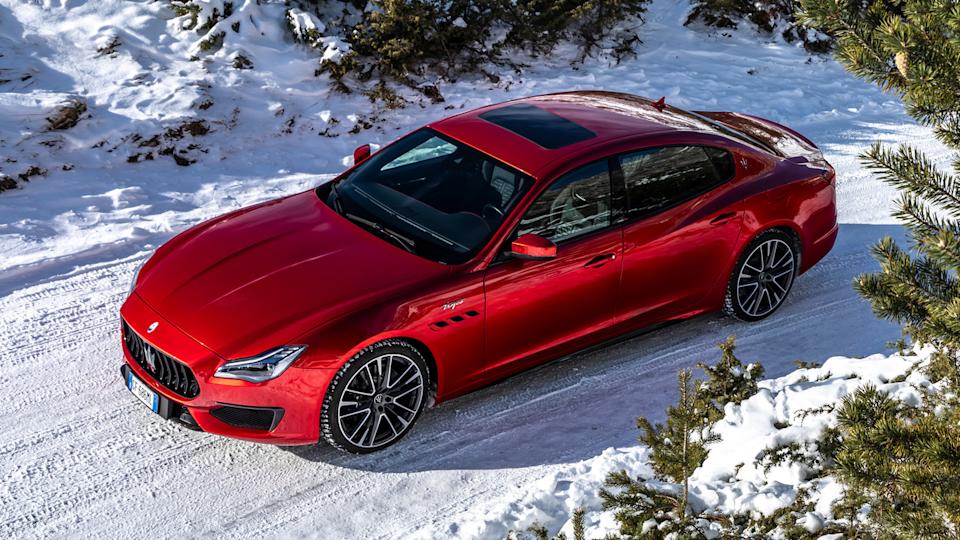
Not every automaker is firing on all cylinders, but that doesn’t mean they’re out of gas. For some of these brands, survival isn’t about dominating the market; it’s about knowing their niche and staying just relevant enough to spark a comeback. Think of it as professional boxing: sometimes you just need to stay on your feet long enough for the other guy to tire himself out.
Whether it’s a desperate pivot to EVs, a laser focus on high-end luxury for buyers with more money than sense, or simply riding the waves of nostalgia for a past they barely remember, each of these names still has a shot at turning the corner. They may be struggling, they may be an inside joke among enthusiasts, but they’re not giving up.
And in the unpredictable, often illogical world of cars, that’s often how the most unexpected success stories begin. Or how they simply keep collecting dust on the back lot. Either way, it's a show.
Like our content? Follow us on MSN for more.



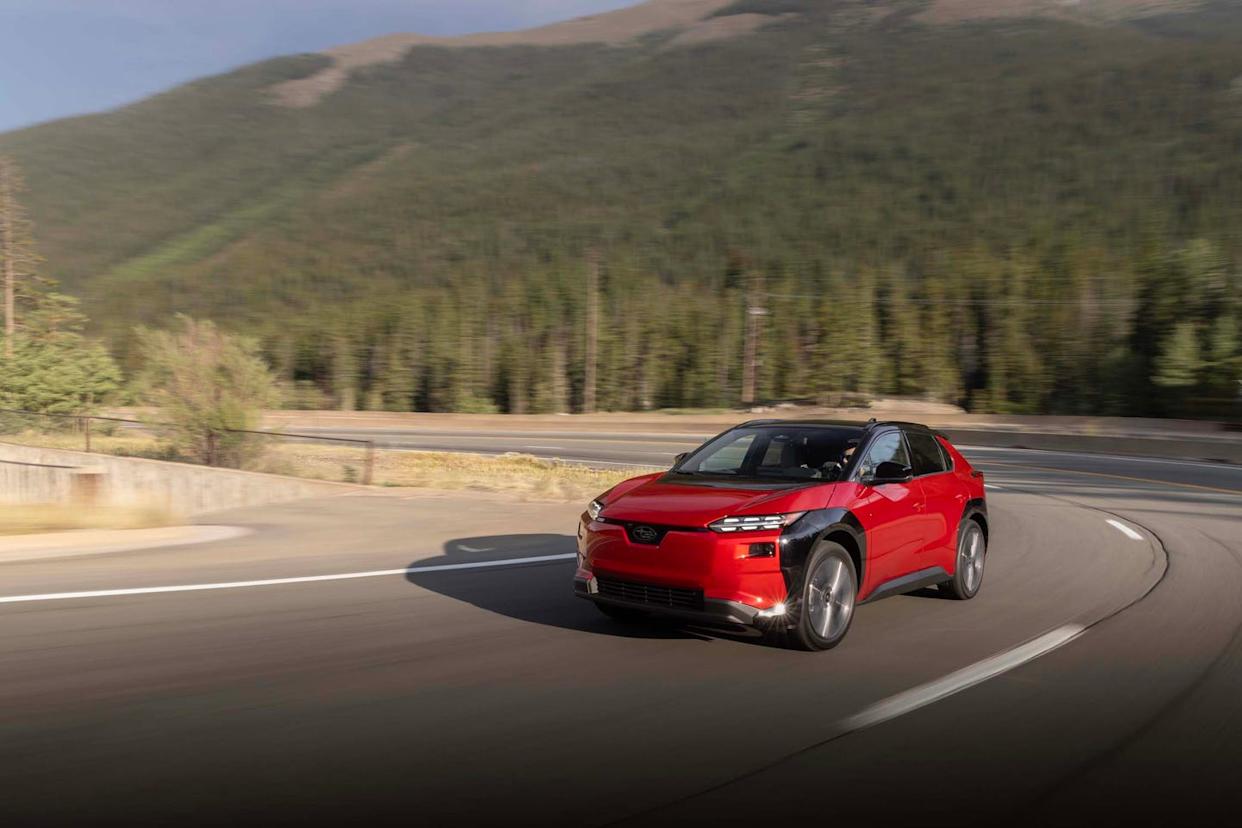
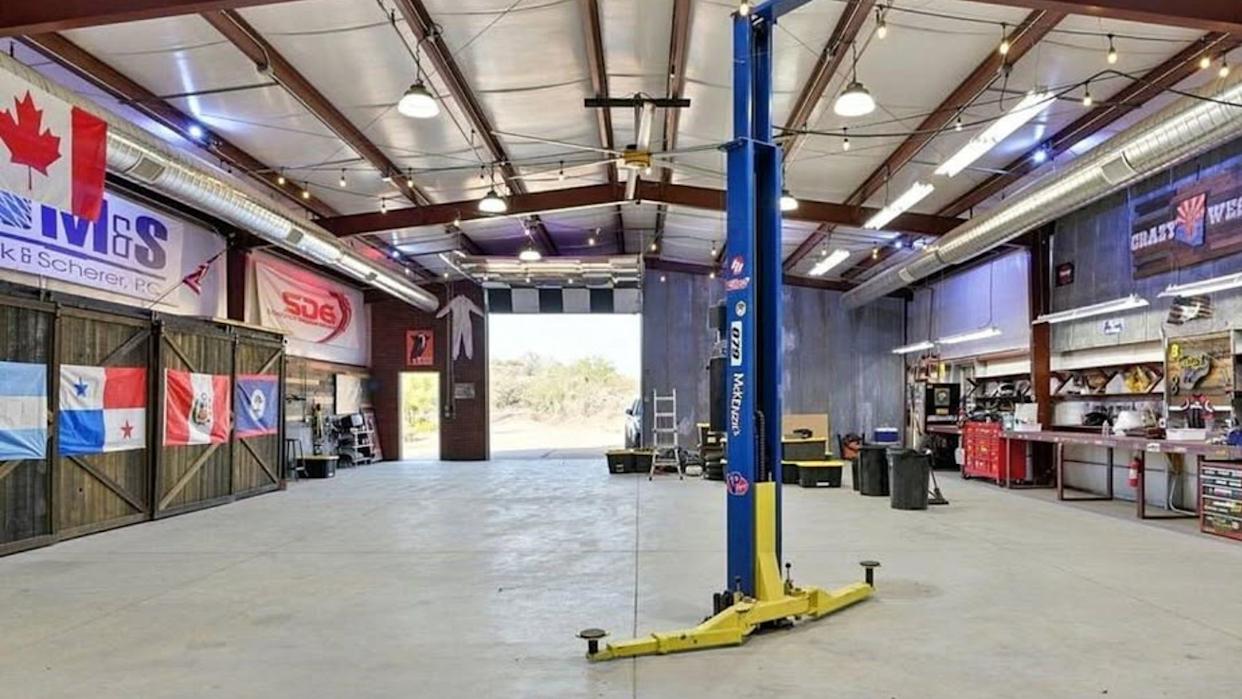
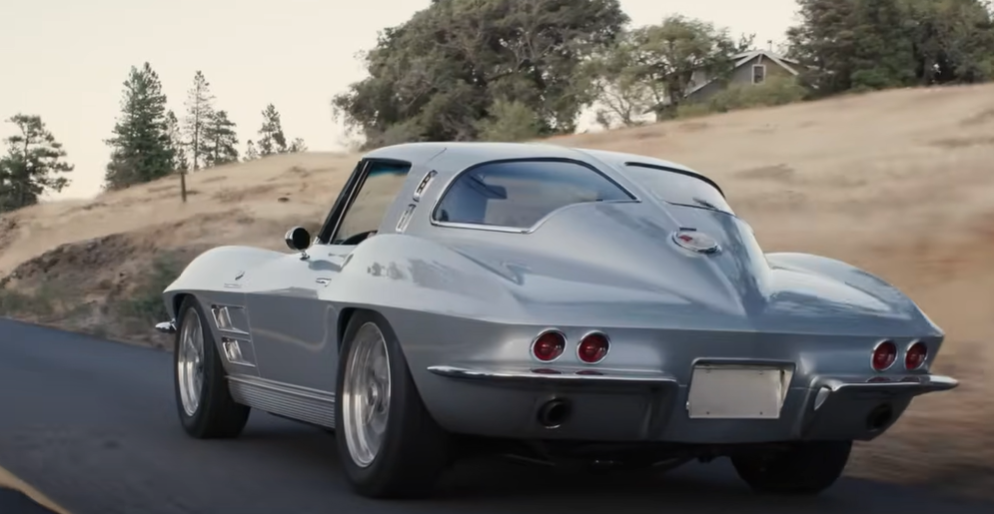
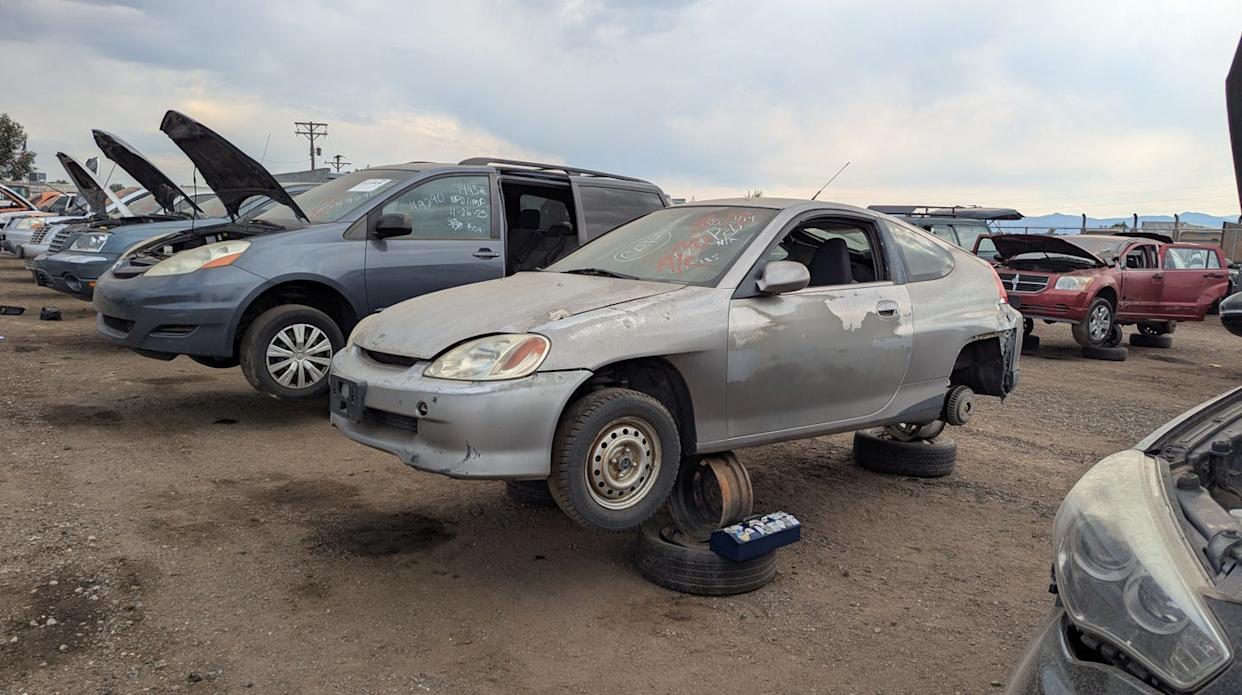
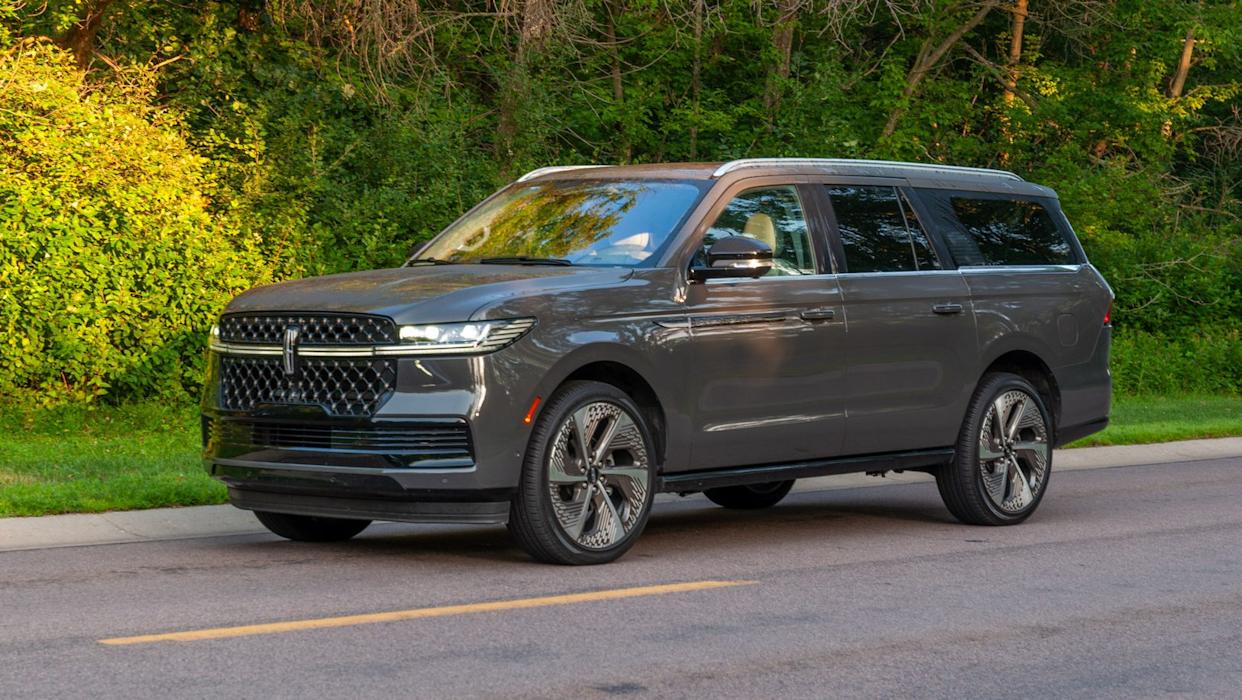
Comments